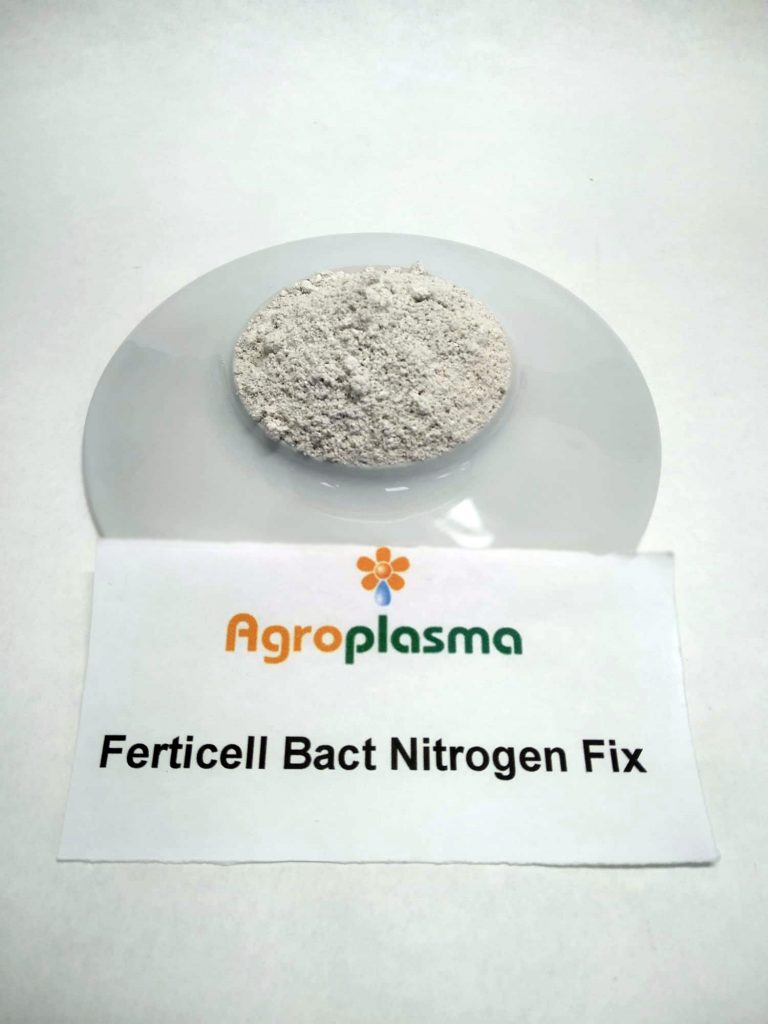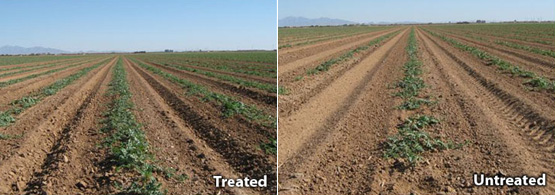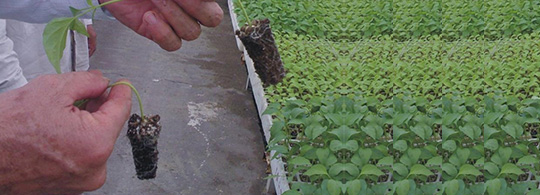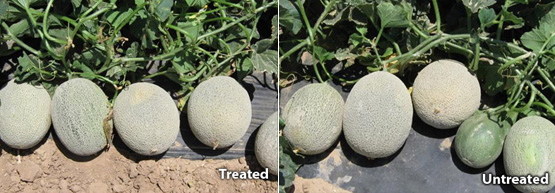Ferticell Bact. Nitrogen Fix
| TECHNICAL DATASHEET | |
|---|---|
| Ferticell Bact. Nitrogen Fix |

Nitrogen fixing bacteria circulate the atmospheric nitrogen and plays a very crucial role in nitrogen fixation through the ecosystems. These bacteria catch Nitrogen from the air and adjust to fix that nitrogen in plants. The crops use this atmospheric fixed nitrogen for growth by nitrogen assimilation.
What is Nitrogen Fixation?
Nitrogen Fixation is when the non-reactive atmosphere N2 converts it into more reactive compounds like nitrates, nitrites or ammonia. But why is this important? Because such reactive compounds are suitable for plants’ growth, did you know? About 90% of the nitrogen on our earth is biotic, thanks to microorganisms.
Nitrogen-Fixing Plants
Nitrogen Fixing plants don’t pull nitrogen from the air; they need help from the common Rhizobium bacteria. The bacteria infect legume plants like peas and beans and uses the plants to help it take the nitrogen from the air. This bacterium converts the nitrogen gas and stores it in the plant’s roots.
When the plant stores the nitrogen in its root, it produces a lump over it, which is known as a nitrogen nodule. However, it is harmful to your plant but beneficial to your soil. How? While legumes and other nitrogen-fixing plants and bacteria work together to store the nitrogen, they create a green warehouse in your soil. And when they start growing, they release significantly less nitrogen into the soil. Once they grow and die, their waste releases the stored nitrogen and increases the total nitrogen in the soil. Their death makes nitrogen available for the plants after some time.
Now, the main question that arises is, what are nitrogen-fixing bacteria? And how its been used to fix plants?
What is Nitrogen Fixing Bacteria?
As its name says, the nitrogen-fixing bacteria help in the process of nutrient fixation. For example ; Rhizobium,Frankia,Azoarcus,Cyanobacteria,Rhodobacter,Klebsiella.
N-fixing bacteria blend the unique nitrogenase enzyme responsible for the N fixation.
What does Nitrogen Fixing Bacteria Do?
Nitrogen-fixing bacteria convert gaseous Nitrogen from air to inorganic compounds. The role of legumes in Nitrogen fixation is unquestionable, but the process for them alone is a bit difficult. This fixation occurs because of the collaboration of legumes and nitrogen-fixing bacteria.
This collab of nitrogen-fixing bacteria in legumes improves access to the nutrients and the crop’s resistance to pathogens, pests and abiotic stress.
But why is this fixation necessary?
Well, the role of nitrogen-fixing bacteria is to supply vital nutrients to plants that they cannot obtain from the air. Bacteria pull it from the air as a gas and release it to the soil, mainly as ammonia. It is the only best option for the plants because they can consume Nitrogen only from the soil and in the form of nitrogenous inorganic compounds, which explains the importance of nitrogen fixation.
Conclusion
In the end, we can conclude that the nitrogen-fixing bacteria is an efficient solution for farmers as their job gets done without using artificial means. A lack of N fixation can lead to food deficiency, resulting in vegetation yellowing, thinning, overall growth delay, and decay. Only organic soil can help reap the plant growth and promote the benefits of this bacteria; you can reach out, a dedicated biotechnology division setup and the most trusted organic fertilizer manufacturer and exporter.
Nitrogen is part of the chlorophyll molecule, which gives plants their green color and is involved in creating food for the plant through photosynthesis and NFB helps in easy fixing of this nitrogen. It also helps in flower differentiation, speedy shoot growth, the health of flower buds and increases the quality of fruit set.
CFU: 1X10 CFU/Gram
Dosage: 250grm/hectare
Mode of Application:
Soil Drenching, Soil Application and Drip irrigation.














